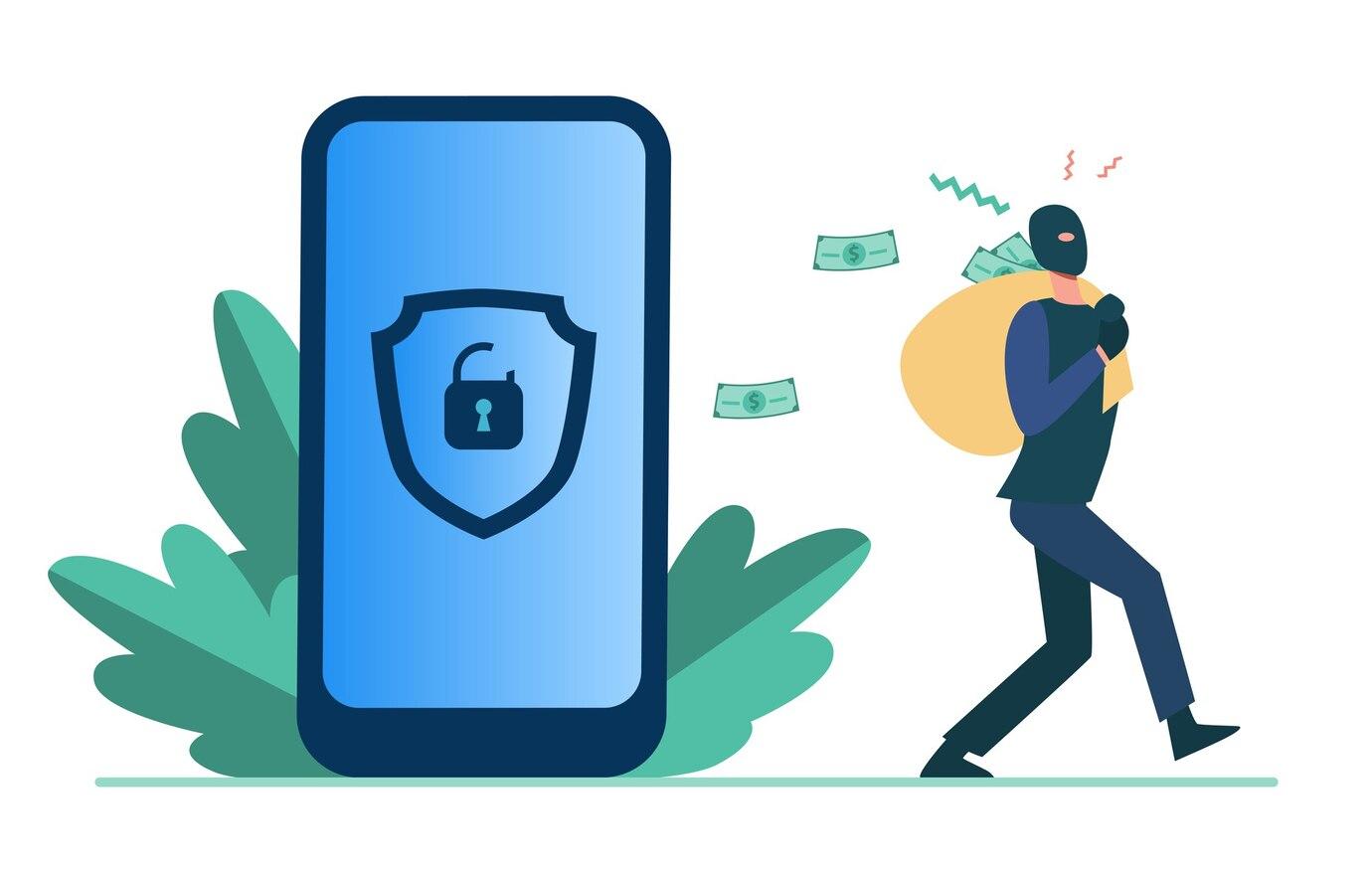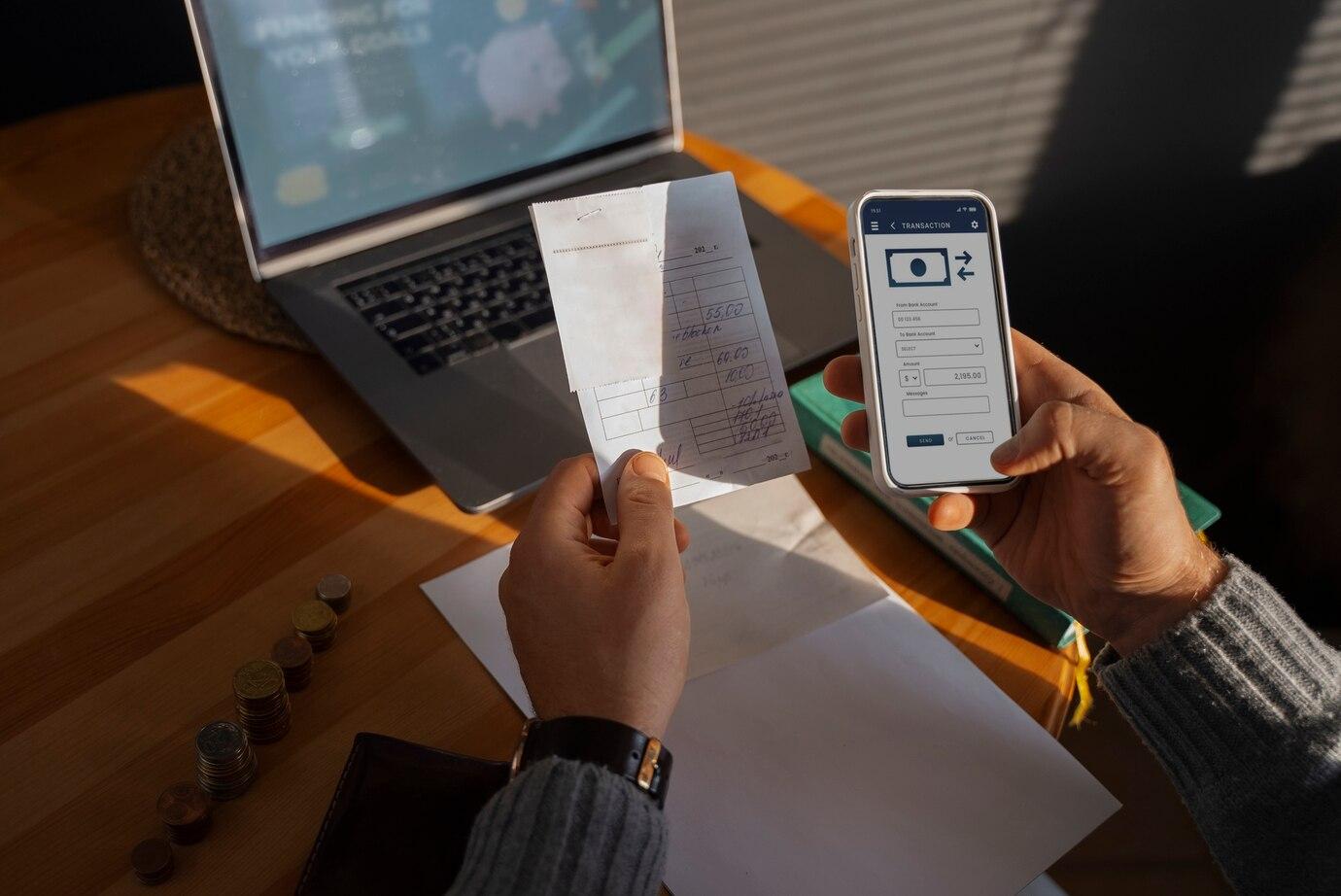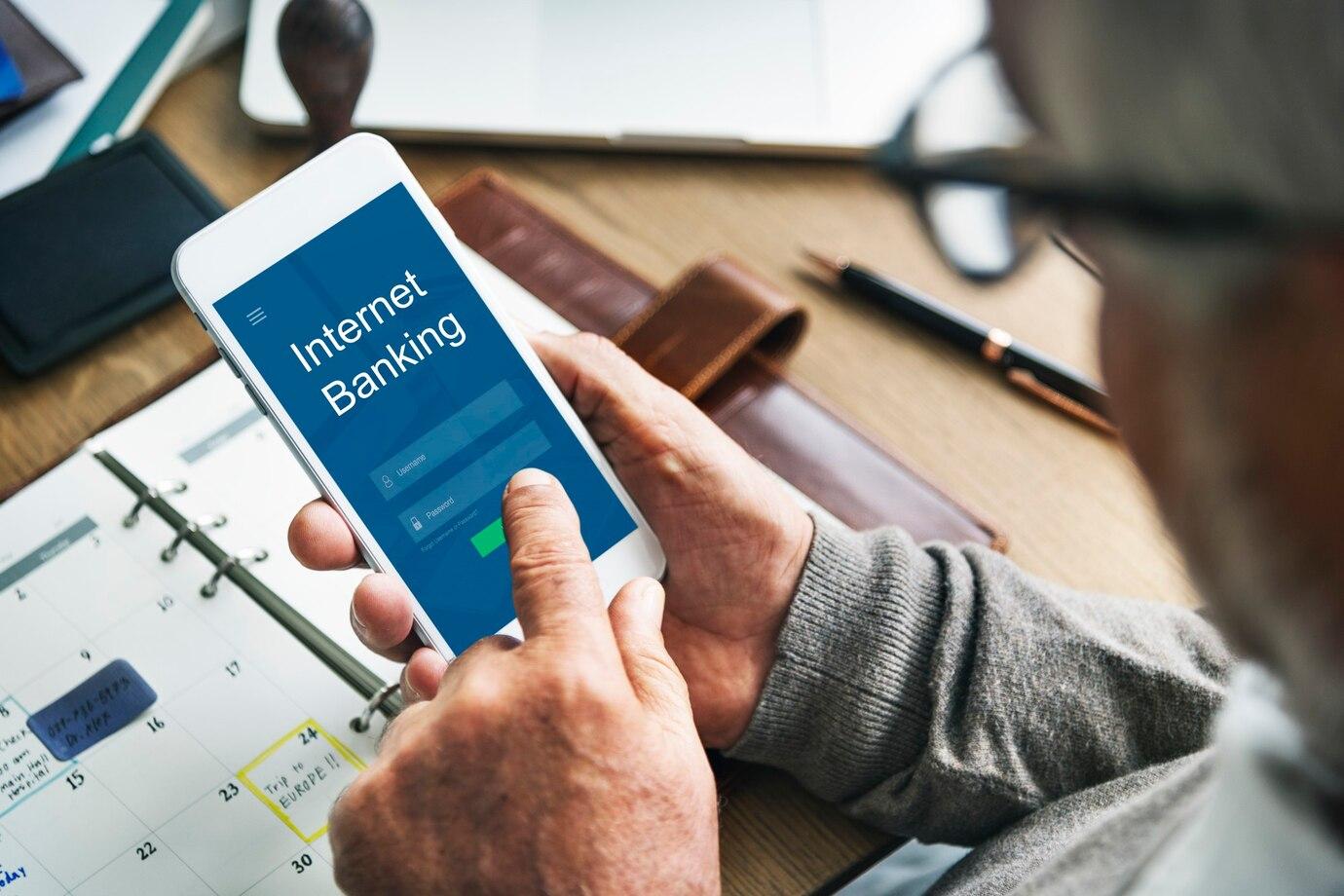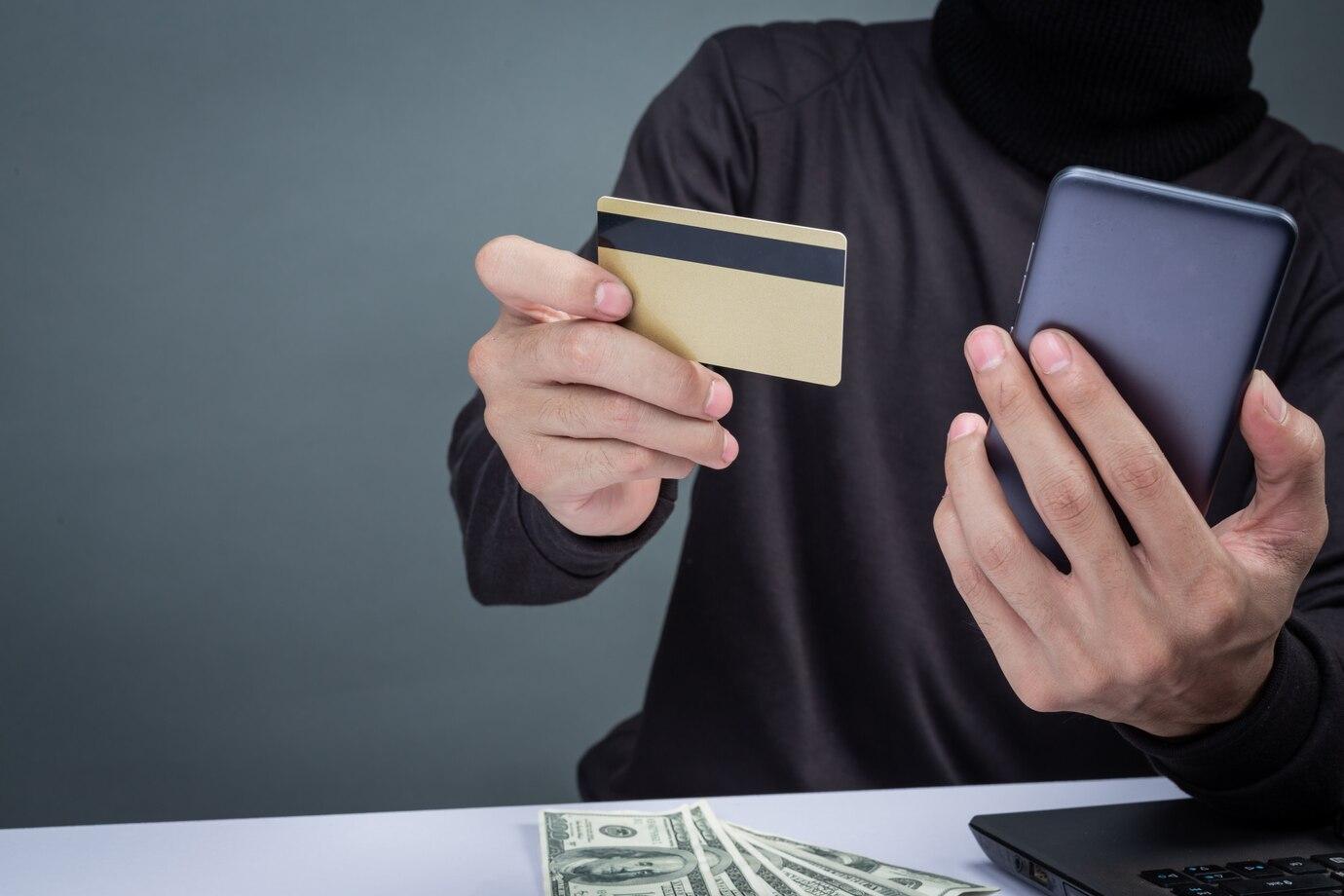In recent years, SMS fraud has become one of the main threats to bank service users. Fraudsters actively use various tricks to deceive people and steal their personal data or money. This phenomenon is known as "SMiShing." In this article, we will take a detailed look at how to identify fake messages from banks, how to protect your bank cards, and avoid fraud with codes.
What is SMS Phishing?
SMS phishing — is a widespread fraudulent scheme where criminals send fake messages to users to obtain the data they are interested in. These messages can look very plausible and often include the names of well-known banks or financial institutions. Fraudsters use a variety of tricks to create an illusion of urgency, for example, by informing about the need to urgently confirm a transaction or restore access to an account.
Signs of Fake Bank SMS
To avoid falling into the traps of fraudsters, it is important to recognize the signs of fake messages. First, pay attention to the sender. Most banks send SMS from official numbers consisting of five or six digits. If you received a message from a long number or a number resembling a personal phone, this is already a reason to be cautious.
Secondly, pay attention to the content of the SMS. Fraudsters are soon discovered if the message contains many errors, both grammatical and stylistic. Official messages from banks always have correct wording and a clear structure.
In addition, pay attention to the presence of links. If the message contains a link to a website, it is recommended not to follow it, especially if you do not expect such messages. On official bank websites, information is never hidden under short links.

How Fraudsters Operate
The work of swindlers is based on creating trust with the victim. They often use the names of well-known banks and create mass mailings. Criminals may perform the following actions:
- Send messages offering to "win a prize," "get a loan," or "participate in a promotion." The purpose of these messages is to fill out a form with personal information completely.
- May inquire about allegedly suspicious transactions and offer to "confirm" them through a link leading to a fake site.
- Sometimes messages may contain instructions for restoring access to online banking, and after entering data, access to the account becomes unavailable.
It is important to understand that banks will never ask you to provide personal data via SMS or mail.

Protecting Your Bank Cards
To minimize risks and protect your funds, follow a few simple but effective rules:
- Use non-trivial passwords. Your login code should contain letters, numbers, and special characters. Do not use birthdays or the names of loved ones, as fraudsters can easily guess such information.
- Use multi-level authentication. Many banks offer this feature, which significantly increases security. Even if a fraudster manages to obtain your password, they will need to confirm the login from your phone or another email.
- Regularly check your account statements. Watch for any suspicious transactions. If you notice anything unusual, immediately report it to the bank.

How to Act When Receiving Suspicious SMS
If you still receive a dubious message from the bank, certain steps should be taken. First, do not respond to it or follow any links. Second, take a screenshot and save the message. This may help in further actions.
Then contact your bank. Look for the official number on the website and call to find out the details. Do not rely on the instructions written in the SMS, as they may be fake.
Code Fraud: How Does It Work?
One of the most common types of fraud is the theft of codes sent via SMS. Typically, this occurs when you enter your data on a fake website. Criminals may request a confirmation code from you that should have been sent to you. In other words, they use your trust to gain access to your funds.
To protect against such fraud, never pass codes to other people. Be careful when entering data—do not let fraudsters lead you astray.

An Overview of Existing Technologies and Protection Methods
Every year, companies develop new methods and technologies that help protect users from fraud. Some of them include:
- Spam filters. Many banks use built-in filters to block suspicious messages. This can reduce the likelihood of receiving fake SMS.
- Behavior analysis. Modern systems can analyze user behavior and detect anomalies, allowing for quick response to suspicious actions.
- Online services for link verification. There are special services that can help you check if a site is safe or not before you enter your data.
Each of these technologies can significantly increase security and reduce risks. It is important to remember that protecting your funds and information also depends on you.
SMS fraud has become a significant threat to bank service users. However, by learning the main signs of fake messages and protection strategies, you can significantly reduce the risk of becoming a victim of fraudsters. Remember that banks will never ask you to provide personal data via SMS. Be vigilant, use modern protection methods, and always verify suspicious messages. Your alertness will help keep your funds safe and protect your data from fraud.
